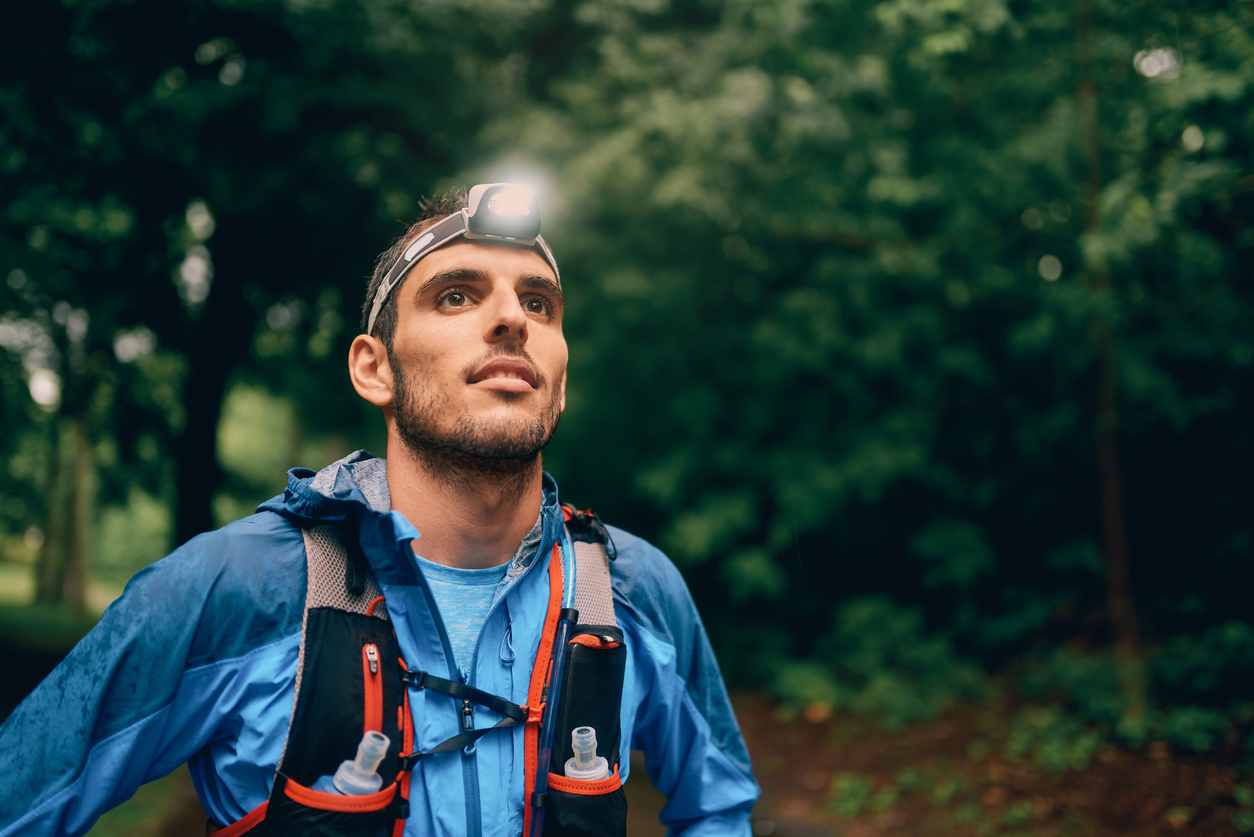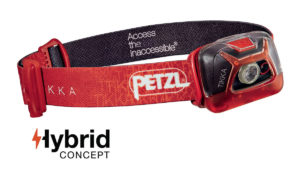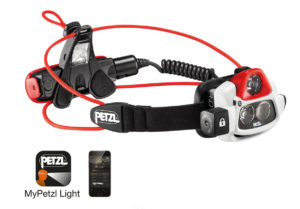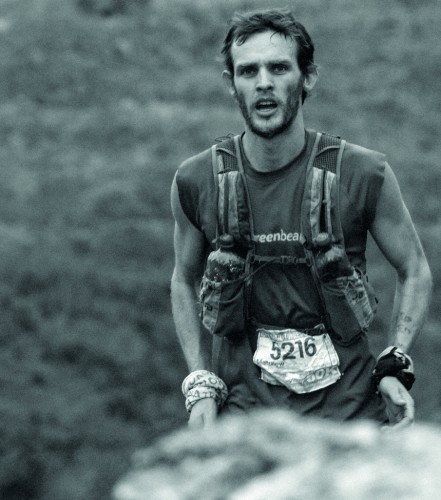
Shorter winter days can shut down even the most ambitious runners.
A decent headtorch can help you maintain fitness through winter, and turn that soulless plod through the park into an adventure.
Here, we shine a light on a range of night runs for all abilities – with the tried-and-tested kit to match.
Pavement pounding
Most runners have that go-to loop they can easily run from home. It’s familiar and convenient.
It might not be the most interesting, but you can zone out and get it done. But running it after dark…that would be something else.
With a headtorch it all starts to make sense. Strapping on a lamp spices up your regular run.
The streets are quieter, and the little pool of light in front of you tends to focus concentration.
You become more aware of your breathing, and any thoughts tumbling around your brain get tied down.
Your feet will guide you round your regular route. And you might just surprise yourself with how quickly you arrive back at your front door.
You can explore paved canal paths with your headlamp. Or head through empty parks, enjoying it all to yourself.
While streetlights might mean you don’t need a headtorch, strap it on anyway. Being seen by traffic is just as important as not tripping over a dodgy curb.
Kit for the job

Petzl Tikka
200lumens
from £30.00, petzl.com/gb
A pocket-sized light that packs a punch for its price. 200lumens offers the equivalent light of strapping 16 candles to your head – that’s a lot brighter (and a lot safer, too.)
It has an exceptional 60hr burn time on full power, and a little whistle built into the head strap.
Combine that with the strobe lighting mode, and you’ve got yourself a right disco. Check out the CORE rechargeable battery accessory, to save money – and the planet.
Trail exploring
So you’re not afraid of the dark, and have decided to head off road. This is where the magic happens.
Off-road routes are more easily discovered during the day. Running the route in daylight (perhaps on the weekend before your planned night run) will help you feel confident and orientated when you do set out.
If you are concerned about accidents, running before dawn means you have only a short time until it gets light, compared to running after work.
Experiment with your headtorch. Full power is not always best.
Dimmer light can help you see your peripheries.
Confusingly, headtorches don’t always need to be on your head, either. Try holding and orientating it with your hand.
This helps you “see” around corners before you get to them, and lengthens shadows – making obstacles more obvious.
To discover trails, use OS maps’ Discover Routes, Strava’s Heat Map or just get out there and hop the first stile you find.
Bridleways (blue arrow signs) are usually wider and less challenging than footpaths.
Kit for the job

Petzl Reactik+
300lumens
from £68.24, outdoorgb.com
A top bit of kit, suitable for almost every outing.
It’s lightweight for the amount of light it produces. Plus, it let’s you vary both the beam strength and its dispersion.
The reactive light setting hands control over to the head torch. If you stop to look at something close (like a map or tying your shoes) it will temporarily dim to help guard your night vision.
This mode also helps extend the 2.5hr full power burn time. You can even pair it with your phone to pre-set the brightness via Bluetooth.
But best leave that kind of fiddling to before or after the run.
Mountain Racing and Adventure
If you spend a lot of time outside running or racing – eventually it’s going to get dark.
Or maybe you’ll be starting in the dark, just to get the job done. Either way, your headtorch is going to be vital.
Long runs at slower speed need less light. That’s fortunate because you will probably need to ration the lifespan of the battery.
Race start lines, or indoor checkpoints don’t require light. Switch it off.
When running in a big pack of runners, try at least dialing down your light.
Long, slow climbs need less light than descents. And sometimes the moon is so bright, and the trail so flat, that you don’t need any light at all.
Choose a light rated to IP5 (ingress protection 5) to protect it from the rain.
Consider taking a backup light (like the e+LITE), and keep spare batteries in a dry bag.
Tell people where you are going if running by yourself.
Investigate possibilities for upskilling with a Mountain Training qualification, and consider a SPOT satellite messaging device if running outside of phone signal.
Kit for the job

Petzl NAO+
750lumens
from £121.00, petzl.com/gb
This light turns night into day. Well, almost. It’s got a hefty price tag, and a hefty amount of weight.
In return you get a very simple and easy-to-use floodlight.
The webbing straps make a snug fit on your head, and the rear red light is useful when you find yourself on roads.
Perhaps the light’s direct USB port attachment was overkill, but the charging indicator bar is a nice feature.
Like the Reactik+, it’s also got the reactive setting and Bluetooth connection.
Burn time of 1.5hr is poor at max power, but over 4x longer if used on the reactive setting.
If you don’t like the weight of the NAO+, the Reactik+ on your head combined with the Tikka around your waist could be a nice compromise.
Matt Maynard is a freelance writer, runner and adventurer based in the Chilean Andes. He holds the Mountain Leader award.






